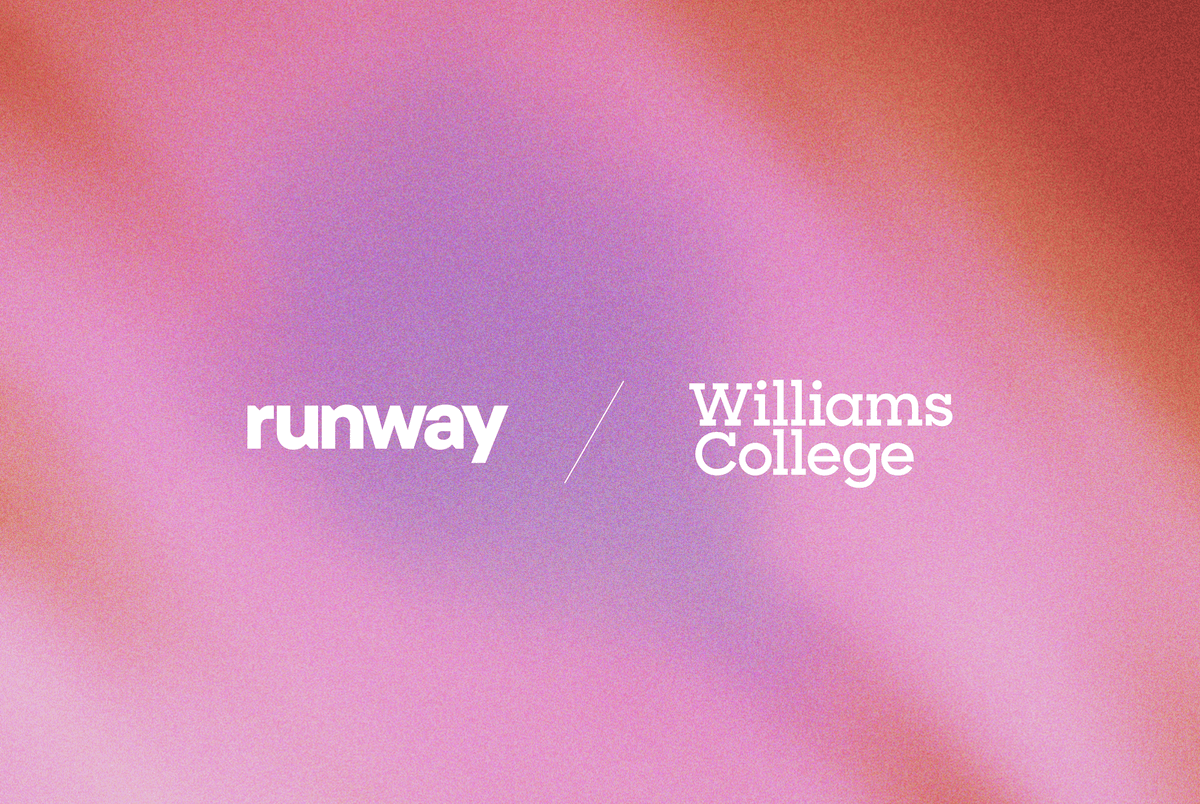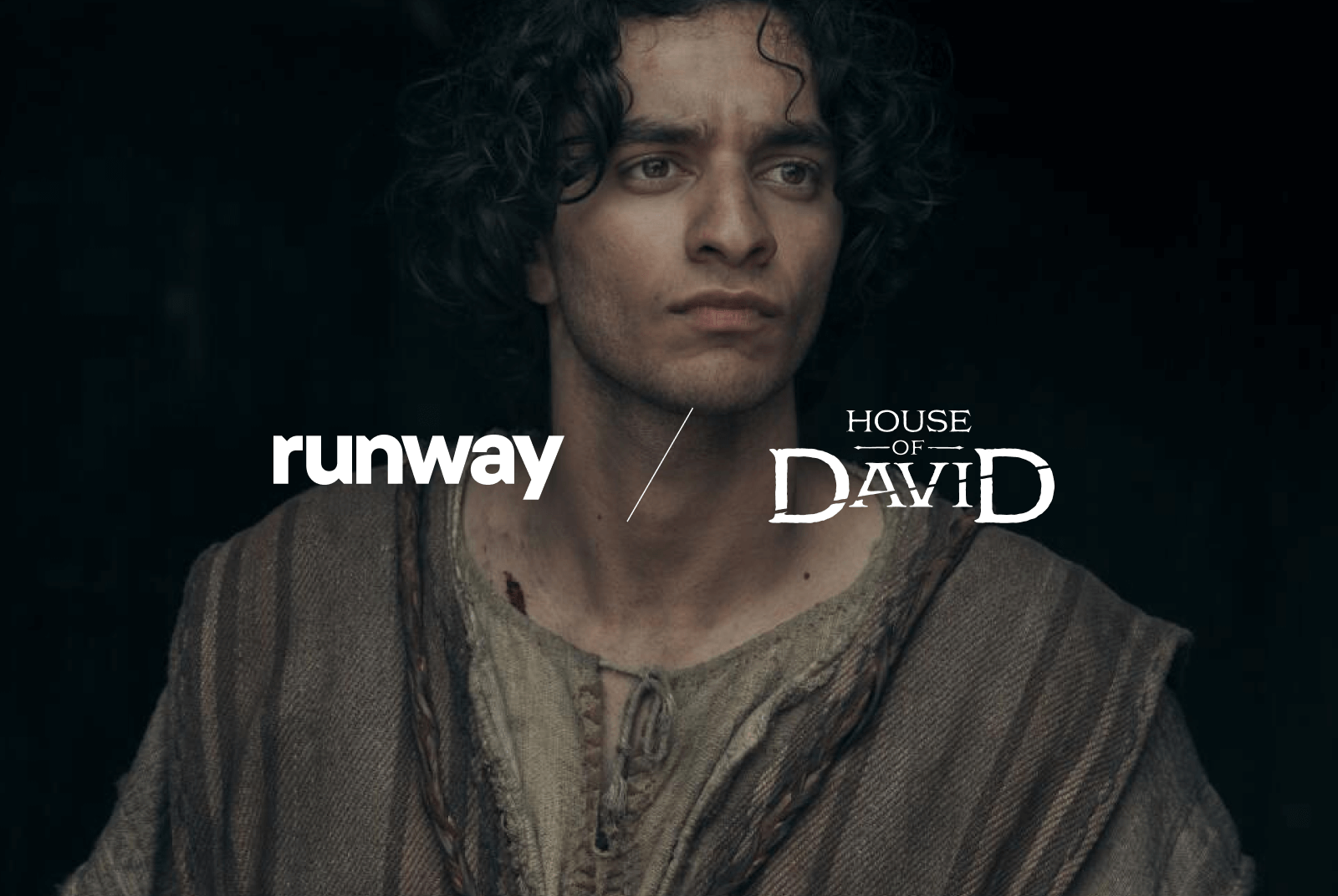
Debra McGrory is a producer and educator working at the intersection of art, cinema, and technology. She is co-founder and President of Kinetek, an immersive media company based in the US and UK, and has served as an Assistant Professor at The New School since 2013. Debra is the Producer of “Underscore,” a feature-length immersive art film combining live actors, virtual production and AI. She most recently taught Art and AI: Generative Art Making, a four-week Winter Study at Williams College in January 2025, the first AI art course at the college.
What inspired you to integrate AI art tools into your teaching practice? How does this build on your previous teaching experience at The New School?
My academic course curriculum over the past ten years at The New School (Parsons School of Design and Schools of Public Engagement) has been focused on examining art, media and storytelling through the lens of the emerging technologies that are changing the way we live, work, play and communicate: from big data and analytics to XR (Virtual Reality, Augmented Reality and Mixed Reality), and from data visualization to sonification.
In all of my classes the students are introduced to new digital tools to produce their own work, and this hands-on learning approach allows for informed reflections on how technology can enable new forms of expression. It was a logical progression to integrate AI, a fundamental paradigm shift in computing, which is rapidly transforming and redefining human-computer interaction.
How did you develop the course structure? What made you choose to blend traditional art-making with AI tools?
I designed the four-week curriculum [at Williams] as a rapid-prototyping sprint, starting with the basics through in-class tutorials, hands-on learning and shared project workflows. My goal was to inspire students to harness the power of generative AI tools to enhance their process, co-creating with algorithms to express their artistic vision and speed up their productivity from concept sketches to finished works, and to experiment with new art forms, methods and styles.
With access to Runway through the Student Ambassador Program, students were able to experiment by transforming their own original images and creating AI-generated visuals. It’s important to equip students with an understanding of how images are created and imagined by artificial intelligence, while also empowering them to think critically from an artistic and art history perspective.
I then introduced new digital source materials for consideration, such as the Object Lab on view at the Williams College Museum of Art (WCMA) and museum collection data as well as civic engagement projects from my own immersive media production studio (Kinetek) based on the MASS MoCA campus. In four weeks, students witnessed the rapid evolution of AI, as Runway deployed new features and models, creating a new kind of feedback loop.
The integration of the Williams College Museum of Art collection is a unique culmination of the course. How did you envision this final project helping students synthesize their learning?
By working with the digital collection of WCMA and its source data, students critically examined AI’s role in their art practice in the context of historical image-making and digitization. Alongside practical skills, the students engaged in critical discussions and tutorials to examine the ethical considerations surrounding AI in artistic creation.
The museum collection inspired new digital storytelling methods to shape contemporary and historical context and educational engagement. Students explored the WCMA collection from a data-driven perspective. Students then presented a description of their process, why they chose the particular source image(s), what it made them think about critically from an artistic and art history perspective and what new modes of human expressiveness AI tools could enable.
What advice would you give to other professors interested in incorporating AI art tools into their courses, especially those without extensive technical backgrounds?
AI tools are ideally suited for teaching. The simplicity of technical operation and the almost immediate speed of production allows for rapid prototyping. This empowers students (and teachers) to move very quickly from ideation to a completed work.
Since the technology is developing exponentially and the textbooks have yet to be written, courses should be reciprocal learning environments where students have the opportunity to push the boundaries of the tools both independently, and in one-to-one communication with the instructor. Similarly, teachers should embrace learning from students’ exploration and create a platform for that knowledge to be shared amongst all the participants in the class.
How has teaching with AI tools changed your approach to art education? What opportunities do you see for other educators?
Teaching with AI is opening entirely new methodologies in my educational and artistic practice and inspiring new ideas for in-classroom and online courses. I feel like I’m at the start of something new and fundamentally different and I’m just scratching the surface of imagining an AI art-focused curriculum.
Educators must understand that AI represents a huge shift in how we think about the tools we use. The days of spending years learning software languages to tell a machine what we want it to do are over. We are now in a world where the machines understand what we want to create from our natural language, but much more than that – the machines can co-create with us. That’s very new and exciting.
This shift allows us to reflect on what has come before, to see the history of art in a new way. But it also challenges us to imagine what’s next, what could be possible in the future. Students respond positively to the energy that this creates in a learning environment. They are motivated, engaged and inspired. The barriers are being broken down, the tools are being democratized. This is an enormous opportunity for educators.
Kinetek’s latest exhibition, a curated group show titled “Source Data” that features generative AI artworks by acclaimed multidisciplinary artists, is currently on view at the Kinetek Gallery on the MASS MoCA campus, and online in Kinetek’s NFT marketplace and metaverse. To learn more, visit www.kinetek.ai. To learn more about Runway's educator program and how AI video tools are being integrated into educational curricula, please visit our Educator Page.


